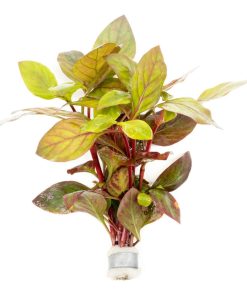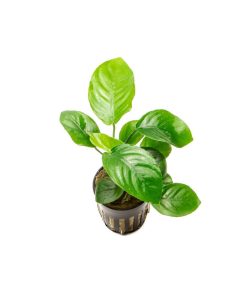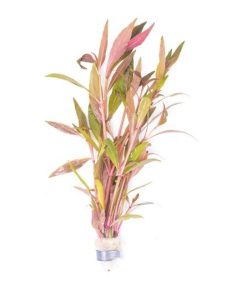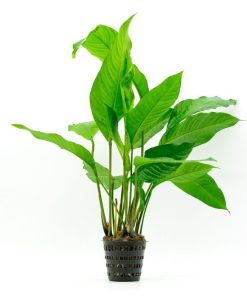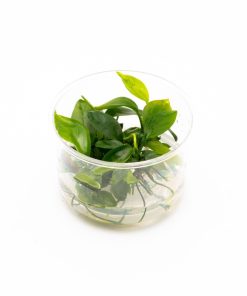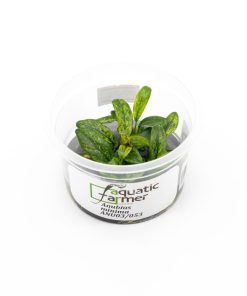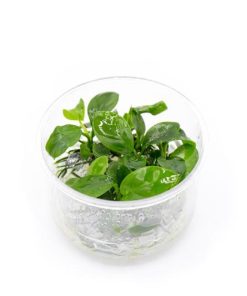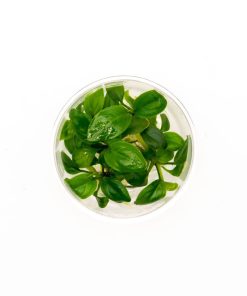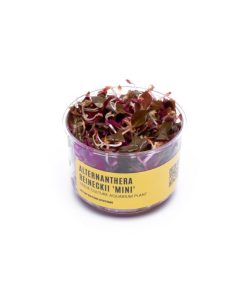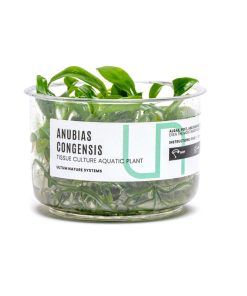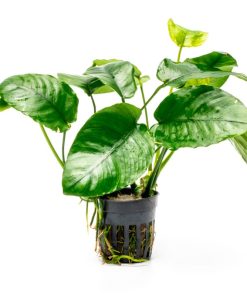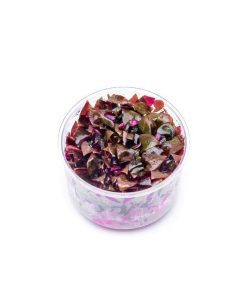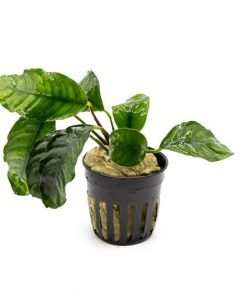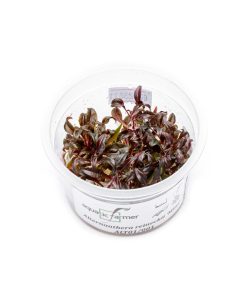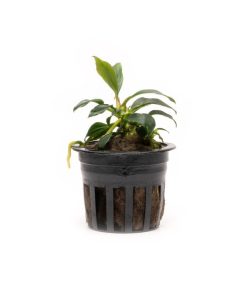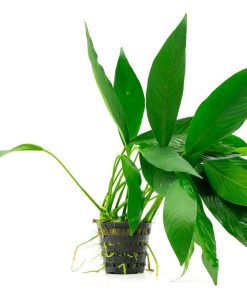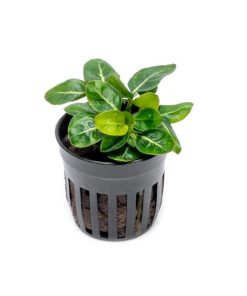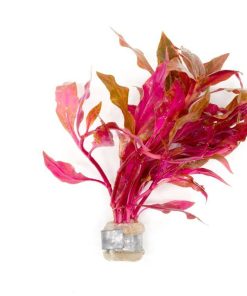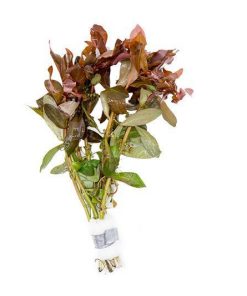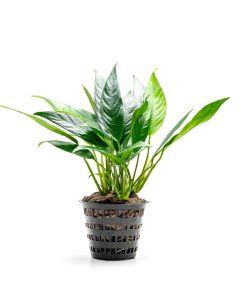Rotala Mexicana Aquatic Farmer Tissue Culture Aquatic Farmer
$ 9,99 $ 5,99
Common Name: Mexican Rotala, Rotala Mexicana
The Mexican Rotala originates in South America but can be found across tropical and subtropical regions of Central America, Africa, and Australia. Due to its wide distribution, the plant has been identified multiple times under different names, including Rotala pulsilla. This is a species that tends to thrive or die off completely. In order to thrive, it needs strong lighting and plenty of CO2, and macro and micronutrients. A low level of any of these factors will lead to blackening and stunted growth.
This long-leaved, stem plant grows quickly and lushly and is easy to propagate through cuttings. The stems are reddish, and with how tall the plant grows it makes a great choice for a background. With proper trimming, Rotala Mexicana can form a great hedge effect even in the midground of the aquarium.
Notes:
- Rotala has fragile leaves! Be sure to handle with care.
- Final coloration is ultimately dependent upon the conditions this plant is kept in. This is a live plant meaning size, shape and color may vary.
- Tissue culture plants are grown in vitro from a state of the art laboratory specialized in propagating aquatic plants. They provide the best option for those who want to ensure that absolutely zero unwanted pests are introduced into the aquarium.
- Remove tissue culture gel before planting. Simply wash the gel away or soak the plant in water and squeeze the gel off with your fingers.
- Do not make drastic changes to the aquarium. Unstable parameters will result in melt and rotting of the aquarium plant.
- For instructions on how to properly plant tissue culture aquarium plants, click here.
- Do not make drastic changes to the aquarium. Unstable parameters will result in melt and rotting of the aquarium plant.
- CO2 injection and quality aquarium soil will yield better growth.
- Please research appropriately to ensure your plant thrives.
Genus: Rotala
Family Name: Lythraceae
Origin: South America
Height: 4-12”
pH: 4.5 – 7.0
Care: Medium
Light: High
Co2: Medium to High
Propagation: Cuttings
Growth Rate: Fast
Fast Shipping with Professional Packaging
Our long-standing relationship with UPS FedEx DHL and other carriers around the world allows us to offer various shipping options. Our warehouse staff are highly trained to package your goods exactly as per the specifications we provide. Your goods are thoroughly checked and secured properly prior to shipping. We ship to hundreds of thousands of customers daily in different countries. The fact that we're dedicated to becoming the largest online retailer in the World is obvious. Warehouses and distribution centers are located in Europe as well as the USA.
Please note that orders with more than one item are subject to a processing period that is based to the specific item.
Before shipping, all ordered products will be thoroughly inspected. Most orders are shipped within 48 hours. The time to deliver varies from 3-7 days.
Returns
The stock is dynamic and we do not completely manage it because multiple stakeholders are involved, including our warehouse and factory. The stock can change at any moment. Be aware that your order will be unable to fill once you've placed your order.
Our policy runs for 30 days. If you don't receive your product within the 30 days period, we are not able to provide a refund or an exchange.
The item must not be used, and it must be in its original condition. The item must be in its original packaging.
Related products
Aquatic Plant
Aquatic Plant
Aquatic Plant
Aquatic Plant
Aquatic Plant
Aquatic Plant
Aquatic Plant
Aquatic Plant
Aquatic Plant
Aquatic Plant
Aquatic Plant
Aquatic Plant
Aquatic Plant
Aquatic Plant
Aquatic Plant
Aquatic Plant
Aquatic Plant
Aquatic Plant
Aquatic Plant
Aquatic Plant
Aquatic Plant
Aquatic Plant
Uncategorized
Aquatic Plant
Aquatic Plant
Aquatic Plant
Aquatic Plant










